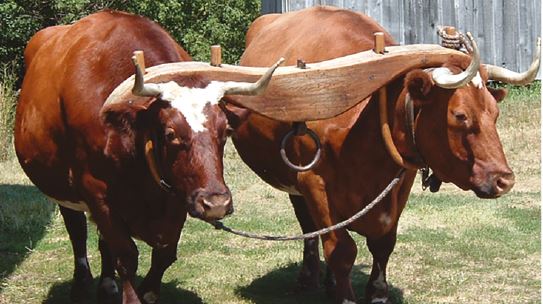THIS GOSPEL was written by John Mark, the nephew of Barnabas. He went with Paul and Barnabas on their preaching mission to Cyprus (Acts 13:4–5). He was well known to Peter who called him his “son” (1 Peter 5:13) and may have been the “young man” referred to in Mark 14:51.
Four Views of Jesus
An interesting connection has been made between the four Gospels and the four faces of the “living creatures”, or cherubim, of Ezekiel’s prophecy (compare Ezekiel 1:10 with 10:14–15). Just as those creatures each had four faces—a man, a lion, an ox and an eagle—so the four Gospels, while offering a full portrait, present characteristically different views of the Lord Jesus Christ.
- The lion is a fitting symbol to represent Matthew’s view of the ‘King’.
- The ox corresponds to Mark’s view of the ‘Servant’.
- The human face relates to Luke’s view of Christ the ‘Man’ (often called “Son of Man”).
- The eagle is a fitting image for John’s lofty portrayal of the “Son of God”.
Thus Mark shows Jesus as the one who served. It is noteworthy how many miracles of healing and other acts of service are found in this short book: nearly 20 are recorded in chapters 1–10. It is also significant how Mark emphasises Jesus’ closeness to the people—mingling with them, speaking personally to them, and especially touching those to whom he ministered.
Urgent News
Mark’s 16 chapters are crisp and to the point. The message is simple and urgent. The last chapter gives only a brief account of the resurrection of Jesus—the vital message was to “go into all the world and proclaim the gospel to the whole creation” (16:15).
Norman Owen
By kind permission of ‘The Christadelphian’
Some interesting links with other parts of the Bible:
- Mark 10:45—see Philippians 2:7.
- Mark 12:29—see Deuteronomy 6:4.
- Mark 16:16—see 1 Peter 3:21.

